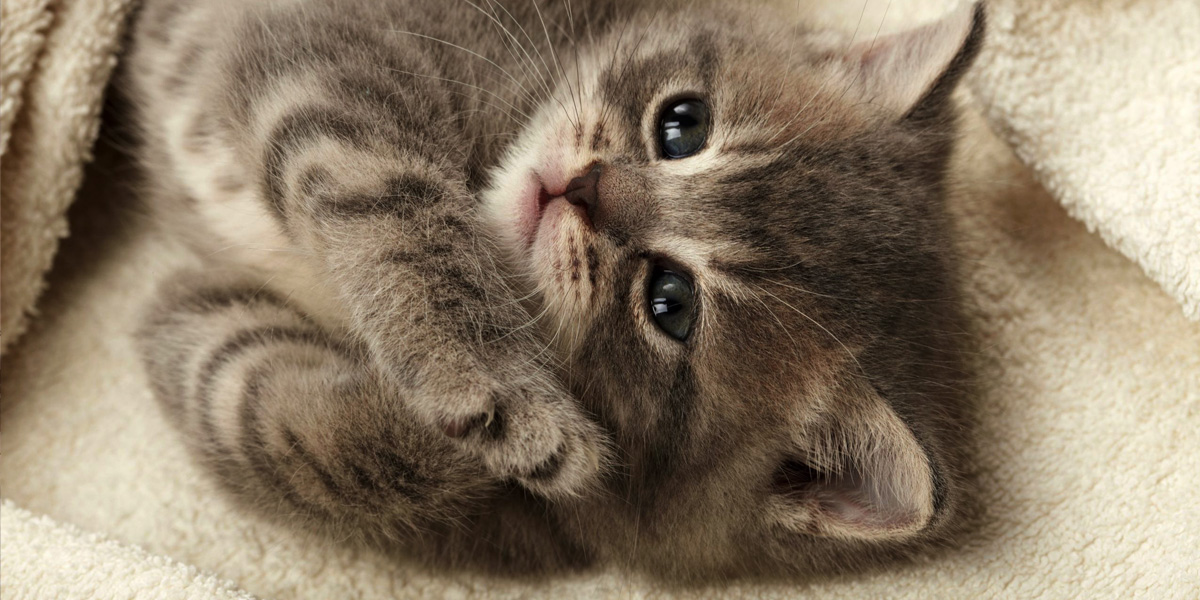We believe strongly in the practice of trap, neuter, return. We have great appreciation for anyone who participates in helping to better the lives of animals in need. We created this website to share information about caring for feral cats and maintaining feral colonies.
Live Traps: When beginning a new colony live traps work very well. Any cat caught is a cat that will need to be neutered. As you trap, neuter and return the first few cats it becomes more difficult to trap the remaining cats. Often times the neutered cats will re-enter the trap. The un-neutered cats that were skittish and skeptical to begin with become even more skeptical. The longer they remain un-neutered the more they continue to procreate and the colony grows even as you are trying to control the population.
Drop Traps: Drop traps are a more efficient way of trapping. You can trap several cats at once and you have better control over which cats you trap. But there are challenges that arise when continually using a drop trap. A drop trap is just that. The entire unit falls on the cats boxing them inside. It’s loud and it’s stressful, not only to the cats trapped inside but also those looking on. It is not a unit that can be left set up on site and unattended. The unit is essentially a box perched up by a stick. If unattended, it could fall trapping an animal inside. No matter how often a cat enters a drop trap it is rare they become comfortable with the unit.
Drop Door Trap: A Drop DOOR trap is a unit that is meant to be left on site. It is intended to be the only location from which the cats are fed. It has two removable doors. A trap door and a transfer door. Both function by sliding up and down. Both doors are removable. It has a third door which is hinged and permanently fixed to the unit. This door is opposite the trap door. It makes it easy for the colony caretaker to place food and water bowls inside the unit. This door is covered in a screen mesh which can be easily seen through. This unit faces the opposite direction of a drop trap. When cats are eating in a drop trap the cat faces away from the trapper so the view is the cats tale. When cats eat from inside the drop door unit they directly face the person trapping. This allows a clear view of the cat so the trapper can see tipped ears. When this trap is in use the food door should be in the locked position, the transfer door should be in place and the trap door should be mounted in the up position. The trap door is held up by a lever that is hinged to the unit. There is a string attached to the lever and when it is pulled the lever folds back and the door drops. The transfer door has a similar opening size to a transfer cage making it less likely for a cat to get away during the transfer process. Because the unit is weatherproof and the trap and transfer doors are removable, it can be left unattended. The trapper should remove and keep the 2 doors in their possession while the care taker continues to feed from the unit daily. Eventually the cats become so familiar with this they will actually wait inside the unit during their expected time to feed. This practice tremendously shortens the wait time when trapping. If the person trapping goes at the regular feed time in the short time it takes them to install the doors, place the food inside and walk the string back, there are usually cats already inside eating. When the trap door slides as it should, this unit works well and is nearly full proof. The challenges to this unit are when the trap door is not perfectly aligned and does not slide as it should. If it shimmies or gets caught on the way down, cats get out.
Feline Friendly Trap: This unit was built taking in to account all aspects of the traps before it. It has all the same positive attributes of the drop door trap. The unit is weatherproof, after a week on site, cats are comfortable entering it and eventually grow comfortable spending time inside it. If a solid panel is installed on the top it can even become a safe shelter for cats. This unit too is meant to be left on site. It has removable parts making it unable to function as a trap when left unattended. The difference between this unit and all those before it is that nothing drops. The trap door is hinged in the same way as the feed door. It is attached to a cord which runs through a channel in the center plank of the roof. As a result it is completely hidden for the cats view. When the person trapping pulls on the string the door closes in the same fashion as a drawbridge. Once closed the string must be held very taunt as you make your way to the unit to slide the locks in place so the trap door cannot open while you complete the transfer.



